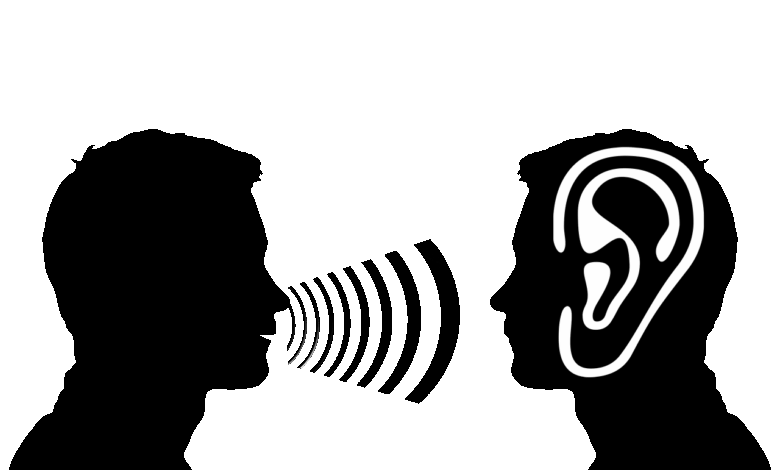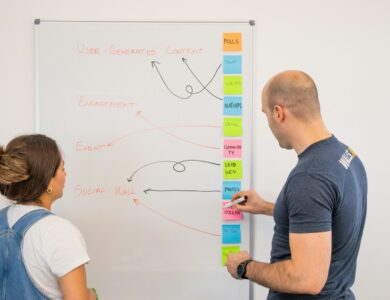
Introduction:
Active listening is a cornerstone of effective communication—but in many learning environments, it is practiced only at a surface level. True listening goes beyond eye contact and head nodding. It requires full presence, empathy, and intentional engagement. Whether in coaching, teaching, or peer collaboration, advanced active listening transforms group dynamics, strengthens trust, and enhances understanding.
The Difference Between Hearing and Listening:
Hearing is passive. Listening is active. Active listening involves focusing completely on the speaker, understanding their message, and responding thoughtfully. It’s a skill that promotes empathy, reduces conflict, and creates meaningful dialogue.
Yet in a distracted world, genuine listening is rare. Learners may pretend to listen while preparing their reply. Educators may rush responses due to time constraints. To deepen listening, we must re-learn how to be fully present.
Advanced Techniques in Active Listening:
- Reflective Listening:
Summarizing or paraphrasing what the speaker said—“What I hear you saying is…”—helps confirm understanding and shows genuine attention. - Clarifying Questions:
Ask open-ended questions that invite elaboration: “Can you tell me more about that?” or “What did you mean by…?” - Mirroring Emotions:
Acknowledge not just words, but feelings: “It sounds like that was really frustrating for you.” This builds emotional rapport. - Silent Space:
Pauses are powerful. Resist the urge to fill silence. Give the speaker time to think, reflect, and continue when ready. - Nonverbal Signals of Engagement:
Lean forward slightly, maintain a relaxed posture, and use eye contact appropriately. These cues signal interest without interruption. - Withhold Judgment:
Suspend internal evaluation while listening. Your role is not to agree or disagree—but to understand fully.
Benefits of Deep Listening in Educational Contexts:
When learners feel heard, their confidence increases. They’re more likely to participate, ask questions, and offer creative ideas. Deep listening builds mutual respect and strengthens group cohesion.
In coaching or mentoring relationships, it uncovers hidden blocks, limiting beliefs, or emotional barriers that standard conversations miss.
Active listening also sharpens critical thinking. By hearing multiple perspectives deeply, learners develop empathy, tolerance, and nuanced reasoning.
Barriers to Effective Listening:
Common obstacles include:
- Internal distractions (thinking about what to say next).
- Environmental noise.
- Emotional triggers.
- Assumptions or stereotypes about the speaker.
Educators can teach learners to recognize these barriers and counter them through mindfulness, grounding techniques, or setting conversation agreements.
Practicing Active Listening in Groups:
- Listening Circles:
Each participant speaks without interruption, while others listen. Afterward, listeners reflect on what they heard—without responding or debating. - Partner Interviews:
Pair learners to ask one open-ended question and reflect back their partner’s answers. This builds empathy and deepens interpersonal awareness. - Role Reversal:
In group discussions, assign learners to argue or explain from another person’s point of view. This requires close listening and perspective-taking.
Integrating Active Listening Into Daily Learning:
Instructors should model listening. Instead of immediately answering a question, pause and ask for clarification or elaboration. This slows the pace and deepens understanding.
Make space in sessions for reflection on what was said—not just what was learned. Ask, “What did you hear today that challenged your thinking?”
Conclusion:
Active listening is more than a communication technique—it’s a mindset of presence, respect, and openness. In learning environments, it fosters clarity, trust, and collaboration. By revisiting and deepening this skill, educators and learners alike unlock more meaningful conversations, richer understanding, and stronger relationships.




